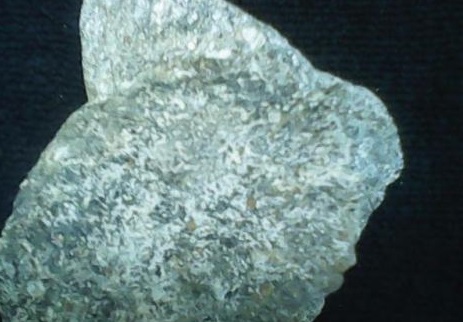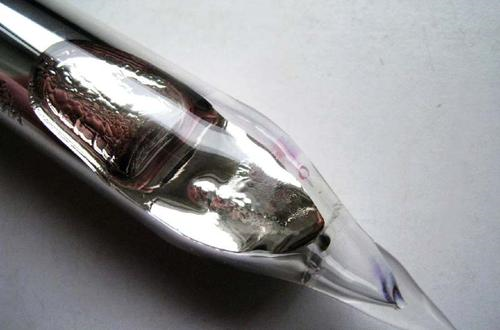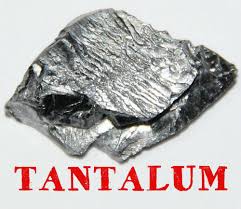The Industrial Preparation of Rubidium
Sep 26,2019
Rubidium is a chemical element with the symbol Rb and atomic number 37. Rubidium is a very soft, silvery-white metal in the alkali metal group. Rubidium metal shares similarities to potassium metal and caesium metal in physical appearance, softness and conductivity.Rubidium cannot be stored under atmospheric oxygen, as a highly exothermic reaction will ensue, sometimes even resulting in the metal catching fire.

Characteristics
Rubidium is a very soft, ductile, silvery-white metal.It is the second most electropositive of the stable alkali metals and melts at a temperature of 39.3 °C (102.7 °F). Like other alkali metals, rubidium metal reacts violently with water. As with potassium (which is slightly less reactive) and caesium (which is slightly more reactive), this reaction is usually vigorous enough to ignite the hydrogen gas it produces. Rubidium has also been reported to ignite spontaneously in air.It forms amalgams with mercury and alloys with gold, iron, caesium, sodium, and potassium, but not lithium (even though rubidium and lithium are in the same group).
Industrial Preparation
The principal commercial source of rubidium is accumulated stocks of a mixed carbonate produced as a byproduct in the extraction of lithium salts from lepidolite. Primarily a potassium carbonate, the byproduct also contains ca. 23 wt.% rubidium and 3 wt.% cesium carbonates. The primary difficulty associated with the production of either pure rubidium or pure cesium is that these two elements are always found together in nature and also are mixed with other alkali metals; because these elements have very close ionic radii, their chemical separation encounters numerous issues.
Before the development of procedures based on thermochemical reduction and fractional distillation, the elements were purified in the salt form through laborious fractional crystallization techniques. Once pure salts have been prepared by precipitation methods, it is a relatively simple task to convert them to the free metal. This is ordinarily accomplished by metallothermic reduction with calcium metal in a high-temperature vacuum system in which the highly volatile alkali metal is distilled from the solid reaction mixture.
Today, direct reduction of the mixed carbonates from lepidolite purification, followed by fractional distillation, is perhaps the most important of the commercial methods for producing rubidium. The mixed carbonate is treated with excess sodium at ca. 650°C, and much of the rubidium and cesium passes into the metal phase. The resulting crude alloy is vacuum distilled to form a second alloy considerably richer in rubidium and cesium. This product is then refined by fractional distillation in a tower to produce elemental rubidium more than 99.5 wt.% pure.
- Related articles
- Related Qustion
- Application of Rubidium in Geology: Rb-Sr Isotope System May 28, 2024
This article will introduce the application of rubidium in geology, the Rb-Sr dating method, which is a radiometric dating technique utilized by geoscientists to determine the age of rocks and minerals.
- What is the flame colour of rubidium? Jan 26, 2024
Rubidium is a soft, silvery-white metallic element of the alkali metals group (Group 1). It is one of the most electropositive and alkaline elements. Its flame is yellowish-violet.
- The applications of Rubidium Sep 26, 2019
Rubidium ,chemical symbol Rb, atomic number 37, and relative atomic mass (i.e., atomic weight) 85.4678(3), is the fourth alkali metal of group IA(1) of Mendeleev’s periodic chart. The word rubidium comes from the Latin rubidus, owing to the
Rubidium ,chemical symbol Rb, atomic number 37, and relative atomic mass (i.e., atomic weight) 85.4678(3), is the fourth alkali metal of group IA(1) of Mendeleev’s periodic chart. The word rubidium comes from the Latin rubidus, owing to the....
Sep 26,2019Inorganic chemistryTantalum [7440-25-7], chemical symbol Ta, atomic number 73, and relative atomic mass (i.e., atomic weight) 180.9479, is the third and last element of group VB(5) of Mendeleev’s periodic chart. The word tantalum comes from the Greek Tantalus....
Sep 26,2019Inorganic chemistryRUBIDIUM
7440-17-7You may like






